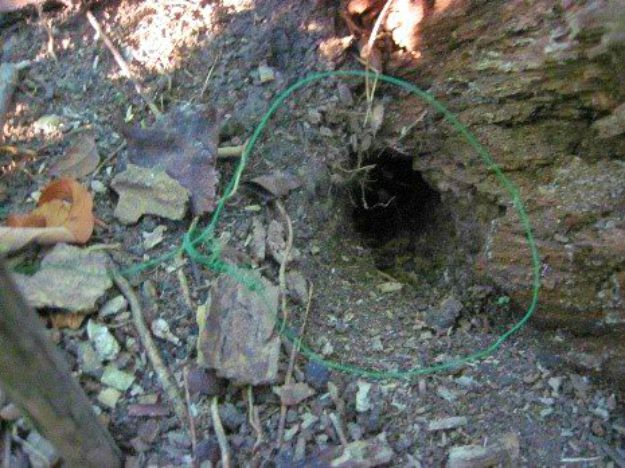Master the basic snare trick so you can trap more than just squirrels and be a survival expert, too!
A Basic Snare Guide with Trapping Tips and Techniques
The Squirrel Snare: Trap for Your Life (Part 1)
In the previous article of our Trap for Your Life series, we talked about having a survival kit with you at all times. We also talked about how to construct a snare designed for trapping squirrels only.
Unfortunately, we cannot survive on squirrels for long. You need sufficient nutrients to match your physical needs by a variety of food source.
Eventually, you’ll need to create a snare designed to trap more than just squirrels. Making an animal snare, especially the basic ones are simple enough, but making them work will be the tricky part.
Learn different survival hunting traps, and make sure a basic snare is on your to-do list!
Basic Snare Tips and Techniques
Trapping with snares look easy on paper and TV shows, but most often, a trap you set up will go for days without catching any.
So where do you think it’s going wrong? A good answer or question, rather, is where do you position an effective animal trap?
Here are some tips you should consider as to where to place a trap:
1. By a Hole
Most small games live underground and dig holes or burrows. It isn’t difficult to spot holes but sometimes, they aren’t in abundance.
They most likely have acorns, meaning squirrels and chipmunks will feast on them, so it might also be a good place to set your trap.
5. Trampled Grass
You might see grass in a park or in your yard all trampled (bent over) down. It is like that because something travels over it often. It is called a game trail or path.
If it is not very wide of a path, squirrels, chipmunks, or rabbits most likely travel that way, making it a great place to set snares.
Now that we got that covered, we need to talk about constructing your small animal snare.
RELATED: 4 Tips To Become A Better Trapper



